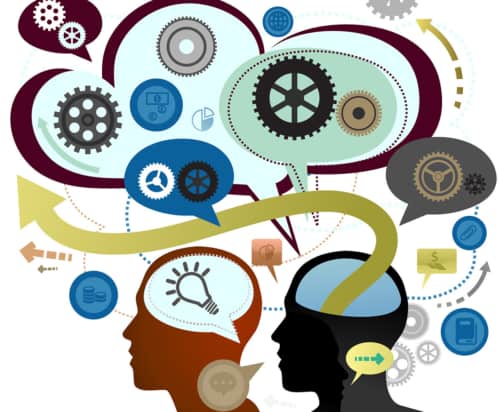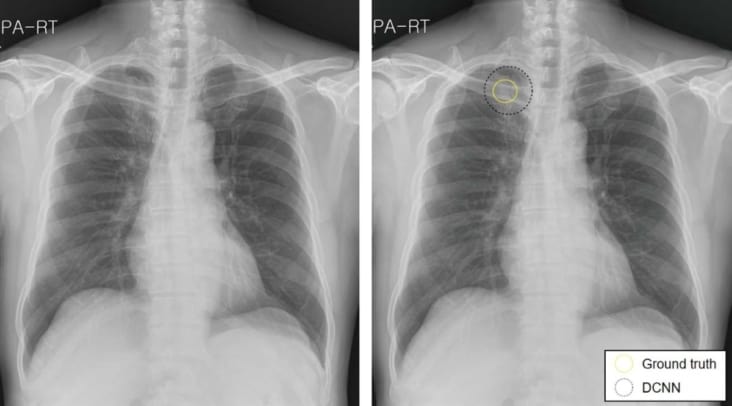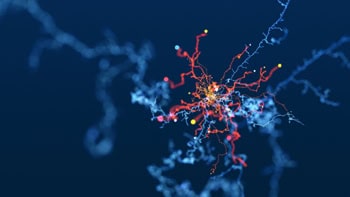

For as long as computers have existed, physicists have used them as tools to understand, predict and model the natural world. Computing experts, for their part, have used advances in physics to develop machines that are faster, smarter and more ubiquitous than ever. This collection celebrates the latest phase in this symbiotic relationship, as the rise of artificial intelligence and quantum computing opens up new possibilities in basic and applied research
As quantum computing matures, will decades of engineering give silicon qubits an edge? Fernando Gonzalez-Zalba, Tsung-Yeh Yang and Alessandro Rossi think so

Physicist and Raspberry Pi inventor Eben Upton explains how simple computers are becoming integral to the Internet of Things
Physics World journalists discuss the week’s highlights

James McKenzie explains how Tim Berners-Lee's invention of the World Wide Web at CERN has revolutionized how we trade.

Tim Berners-Lee predicts the future of online publishing in an article he wrote for Physics World in 1992
Jess Wade illustrates the history of the World Wide Web, from the technology that enabled it to the staple it is today
Emerging technologies shaping our connected world
Fifth episode in mini-series revisits the birth of the Web and the challenges it now faces
Computing is transforming scientific research, but are researchers and software code adapting at the same rate? Benjamin Skuse finds out
Discovery could improve the performance of hovering robots and even artificial pollinators
 Read article: Simple feedback mechanism keeps flapping flyers stable when hovering
Read article: Simple feedback mechanism keeps flapping flyers stable when hovering
New calculation of viral spread suggests that rapid elimination of SARS-CoV-2-like viruses is scientifically feasible, though social challenges remain
 Read article: Staying the course with lockdowns could end future pandemics in months
Read article: Staying the course with lockdowns could end future pandemics in months
Simulations of improved technique generate fields as strong as those found near neutron stars
 Read article: Laser-driven implosion could produce megatesla magnetic fields
Read article: Laser-driven implosion could produce megatesla magnetic fields
Otto engine design uses Bose gas as a working fluid and exchanges particles as well as heat with reservoirs
 Read article: Quantum thermochemical engine could achieve high power with near-maximum efficiency
Read article: Quantum thermochemical engine could achieve high power with near-maximum efficiency
A conversation about theoretical ecology with physicists Ada Altieri and Silvia De Monte
 Read article: From rabbits and foxes to the human gut microbiome, physics is helping us understand the natural world
Read article: From rabbits and foxes to the human gut microbiome, physics is helping us understand the natural world
Odds of a collision in the next 10 billion years may be only 50/50, according to new simulations
 Read article: Andromeda galaxy may not collide with the Milky Way after all
Read article: Andromeda galaxy may not collide with the Milky Way after all
Introducing artificial intelligence into the clinical workflow helps radiologists detect lung cancer lesions on chest X-rays and dismiss false-positives

Algorithms help materials scientists recognize patterns in structure-function relationships

A deep learning algorithm detects brain haemorrhages on head CT scans with comparable performance to highly trained radiologists
An artificial intelligence model can identify patients with intermittent atrial fibrillation from scans performed during normal heart rhythm
Proof-of-concept demonstration done using two superconducting qubits
An image-based artificial intelligence framework predicts a personalized radiation dose that minimizes the risk of treatment failure
A machine learning algorithm can read electroencephalograms as well as clinicians
Spin-orbit interaction adjustment produces "best of both worlds" scenario
 Read article: Can fast qubits also be robust?
Read article: Can fast qubits also be robust?
A qubit encoded in a fluorescent protein could act as a sensor to measure quantum properties inside living systems
 Read article: Protein qubit can be used as a quantum biosensor
Read article: Protein qubit can be used as a quantum biosensor
Discovery could lift theoretical constraints on calculations achievable with certain types of topological quantum computers
 Read article: Predicted quasiparticles called ‘neglectons’ hold promise for robust, universal quantum computing
Read article: Predicted quasiparticles called ‘neglectons’ hold promise for robust, universal quantum computing
Cryogenic architecture supports tighter integration
 Read article: Spin-qubit control circuit stays cool
Read article: Spin-qubit control circuit stays cool
Physicists create the first device that can control a superconducting microwave qubit using only light
 Read article: Quantum transducer enables optical control of a superconducting qubit
Read article: Quantum transducer enables optical control of a superconducting qubit
Harnessing the mathematical concept of non-Abelian holonomy makes it possible to entangle photons deterministically, say theorists
 Read article: New entanglement approach could boost photonic quantum computing
Read article: New entanglement approach could boost photonic quantum computing
Can you make an impact through peer review?
Join more than 15,000 researchers who have achieved IOP Trusted Reviewer status – Tell me more
